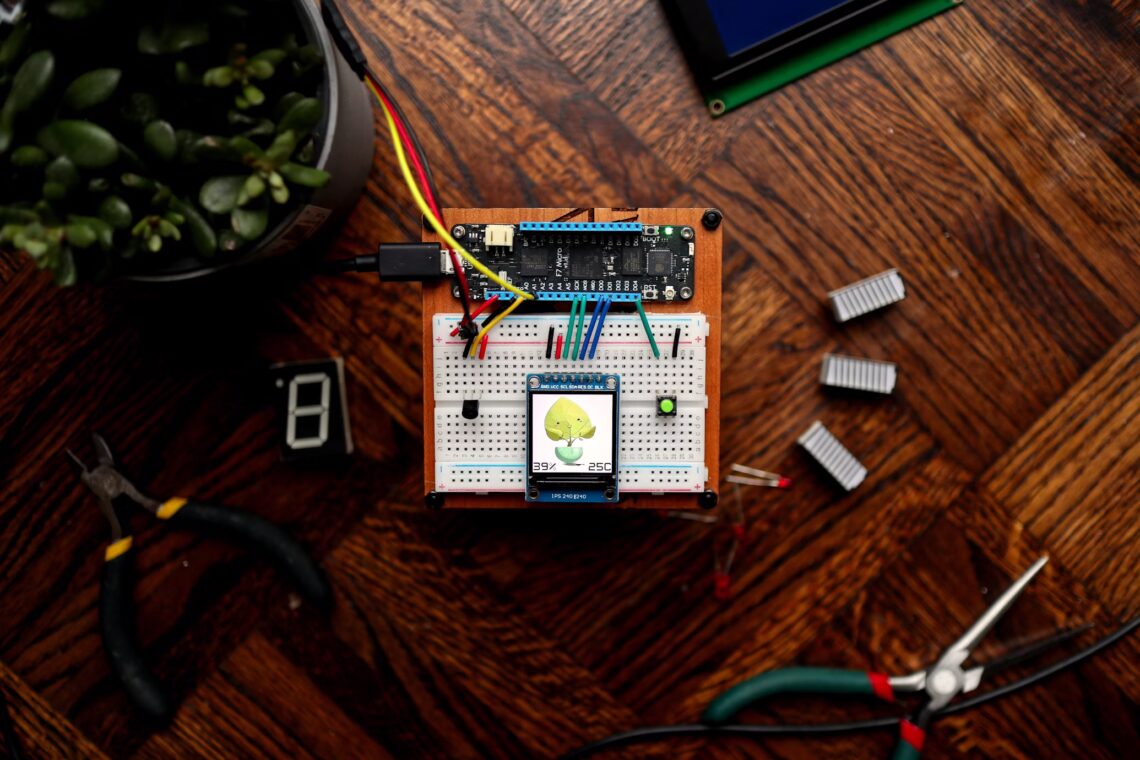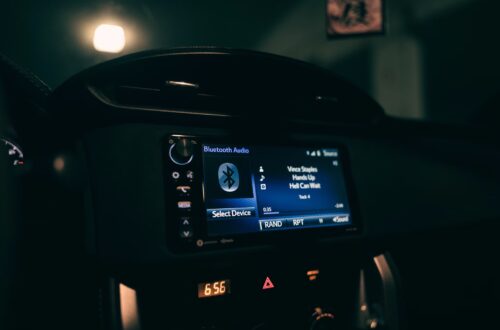Imagine Talking to Every Device You Own
Think about how you control your world right now—fingers, screens, apps. Now imagine removing all of that friction. You speak, and everything from your thermostat to your factory conveyor understands and responds. That’s not science fiction anymore—it’s the reality emerging from the fusion of Voice AI and IoT (the Internet of Things).
But let’s get one thing straight: this isn’t about flashy “talking fridges.” It’s about interfaces that disappear. Voice AI transforms connected devices from tools you operate into collaborators you converse with.
What “Voice AI IoT Integration” Really Means
Technically speaking, IoT refers to networks of connected devices that gather and share data. Add Voice AI, and you get an entirely new interaction layer—speech becomes the input mechanism, and natural language understanding (NLU) becomes the control logic.
In simple terms:
- The IoT device senses the world.
- The Voice AI interprets your intent.
- Together, they act—seamlessly.
Quick Aside
When engineers say “low latency” in this context, they’re talking milliseconds. A delay over 400ms can make a device feel dumb, even when it’s technically brilliant. That’s why edge computing—processing closer to the device—is crucial here.
Smart Homes: Voice as the New Remote
Let’s start where most of us first experience it—the home. Smart speakers, thermostats, lighting, and appliances already respond to commands like “dim the lights” or “lock the front door.”
Here’s what’s changing in 2025: voice control is no longer one-way. Systems now understand context.
Example:
You say, “I’m going to bed.”
The home doesn’t just turn off the lights. It checks occupancy sensors, locks doors, lowers the thermostat, and arms security.
That’s contextual orchestration—and it’s powered by multimodal AI (voice, sensors, data streams).
In practice, this evolution comes from integrating Voice AI with IoT hubs like Matter and Zigbee, allowing cross-brand communication. The result? True interoperability—no more “sorry, this device isn’t compatible.”
Industrial IoT: The Quiet Revolution
Now let’s zoom out from the living room to the factory floor. Industrial IoT (IIoT) applications are where Voice AI quietly delivers enormous ROI.
Operators can now perform voice-driven maintenance checks:
“Run diagnostic on compressor 7.”
“Log downtime for Line 3.”
No tablets. No gloves off. No downtime.
A study by McKinsey found that integrating voice interfaces in industrial workflows reduced operational interruptions by up to 28%. That’s millions in saved productivity hours—because speaking is still faster than typing.
Pro Tip
In industrial environments, noise suppression and accent adaptability are the true heroes. Training models to parse speech under 85 dB ambient noise is one of the hardest engineering challenges in Voice AI.
Voice AI’s Role in IoT Security and Privacy
Here’s where things get serious. With great connectivity comes great vulnerability. Every microphone-equipped device is a potential data entry point.
Modern systems mitigate this with on-device processing, meaning sensitive voice data never leaves the local environment. Combined with federated learning (where models improve without centralizing data), this architecture enables privacy-first voice ecosystems.
Business translation: you can scale conversational interfaces without risking user trust or regulatory noncompliance.
Unified Intelligence: Where Voice, Vision, and IoT Converge
Now, here’s where it gets fascinating—2025 is seeing the rise of multimodal IoT. Devices that combine voice, vision, and sensor input to understand complex intent.
Think of an industrial robot that can see an operator point to a part and hear them say, “Replace that one.” The machine cross-verifies with its camera feed and acts.
That’s not just smart—it’s collaborative intelligence.
Key Insight: Voice Is the Interface of Inclusion
In many ways, Voice AI democratizes technology access. You don’t need literacy, mobility, or even a screen. For small businesses and large manufacturers alike, that means training barriers drop dramatically.
Inclusive design isn’t just ethical—it’s economical. Systems that anyone can operate with a few spoken words have exponentially faster adoption rates.
The Next Decade: Voice AI as the Default Interface
If the last decade was about connecting everything, the next will be about communicating with everything. Voice is becoming the unifying interface—the bridge between human intent and machine action.
For enterprises, that means a new question: not “Should we use voice?” but “Where does voice make the biggest operational impact?”
The answer depends on your data, your devices, and your users—but the direction is clear. Voice is no longer an add-on. It’s the interface evolution.






